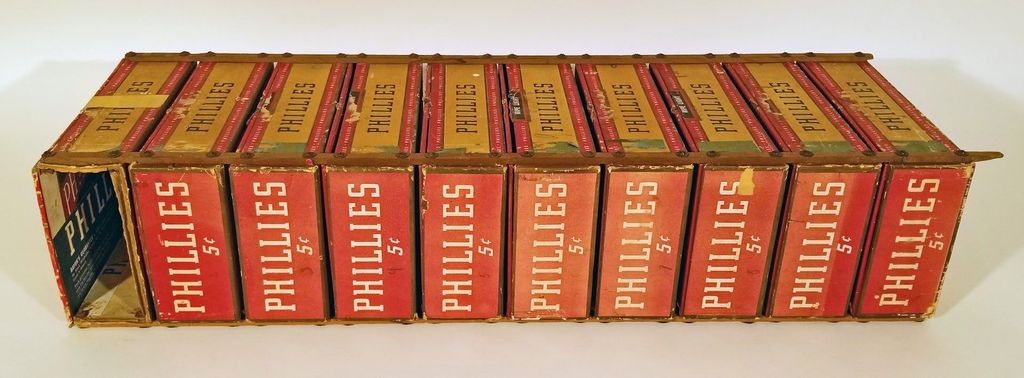Event JSON
{
"id": "67f388bfcb0930ad9cef4f5bfe4168516fbe869ac27c33dc756b438b3cd74d2b",
"pubkey": "4072912b37efcb655f9d23ec0eb8dd091cece50c11747b97f1893a4ab842b0f1",
"created_at": 1716505382,
"kind": 1,
"tags": [
[
"proxy",
"https://newsie.social/@TheConversationUS/112492896751021036",
"web"
],
[
"t",
"histodons"
],
[
"imeta",
"url https://assets.newsie.social/media_attachments/files/112/492/896/653/687/888/original/8f4d3acf1f46ea4e.jpeg",
"m image/jpeg"
],
[
"t",
"history"
],
[
"p",
"e61e11d149f87684bc9ff389c9903e3e36b8679ab5cfec606b83649546de3a26"
],
[
"proxy",
"https://newsie.social/users/TheConversationUS/statuses/112492896751021036",
"activitypub"
],
[
"L",
"pink.momostr"
],
[
"l",
"pink.momostr.activitypub:https://newsie.social/users/TheConversationUS/statuses/112492896751021036",
"pink.momostr"
]
],
"content": "How do you get cargo and supplies to a shoreline where there are no ports or piers? \n\nThat’s the problem the relief effort faced in Gaza, and one that military forces and humanitarian groups have faced countless times in #history. \nDuring World War 2, a navy engineer figured out a solution, using this model of cigar boxes as the prototype to show how a steel pontoon causeway could be made. \n\nhttps://theconversation.com/how-the-gaza-humanitarian-aid-pier-traces-its-origins-to-discarded-cigar-boxes-before-world-war-ii-230267 \n#Histodons nostr:npub1uc0pr52flpmgf0yl7wyunyp78cmtseu6kh87ccrtsdjf23k78gnqd9cpgf\nhttps://assets.newsie.social/media_attachments/files/112/492/896/653/687/888/original/8f4d3acf1f46ea4e.jpeg\n",
"sig": "948fecf9c79fc20dff0537879ad712961d71ebadc5a1477c3af2f96643abe13d58bb8525518c52bfc142c2f51a58cd2befca84e00bbd47914c05fd33cacfebfa"
}
